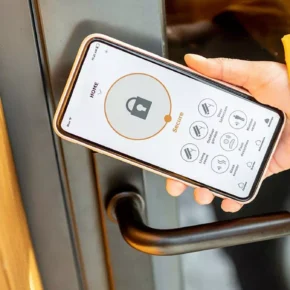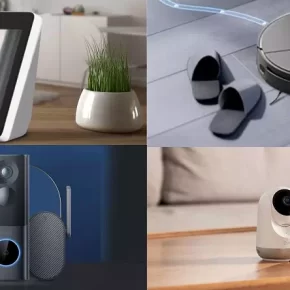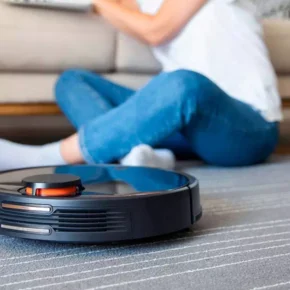Smart lighting is becoming an integral part of the modern home, not only adding convenience, but also helping to optimize energy consumption. Thanks to such systems, you can control the light remotely, automate its switching on and off, adjust the brightness and even adjust the lighting depending on the time of day.
This allows you to reduce electricity costs and make the house more environmentally friendly.
In this article, we will consider how to configure a smart lighting system to optimize energy consumption and what technologies can be used for this.
The main advantages of a smart lighting system

- Energy efficiency . Smart lighting allows you to make the most of energy-saving LED lamps, which consume significantly less energy than traditional incandescent lamps.
- Automation of processes . You can program the system to turn off the lights automatically when you leave the room or when bright lighting is not needed, such as at night.
- Remote control . Through a mobile application or voice assistant, you can easily control the lighting at home, even when you are outside the home. This avoids unnecessary energy consumption.
- Adjusting the light intensity . The ability to adjust the brightness of the light allows you to use less energy where possible without sacrificing comfort.
Steps for setting up a smart lighting system
- We choose LED lamps . The first step to energy saving is replacing traditional lamps with LED lamps. They consume up to 80% less energy and last several times longer.
- We install smart lamps and switches . Smart lamps can be connected to a Wi-Fi network, which allows you to control them through mobile applications. Some models support voice control using assistants such as Google Assistant or Alexa.
- Setting up motion sensors . Motion sensors allow you to automatically turn on the light when a person appears and turn it off when there is no one in the room. It is a great solution for hallways, bathrooms or spaces where you stay for a short time.
- Lighting programming . With the help of mobile applications, you can set the schedule for turning on and off the lights. For example, you can set the lights to turn on at sunset and automatically turn off when you go to bed.
- Integration with other smart home systems . Lighting can be integrated with other smart systems, such as security or heating, to create integrated home management. This further optimizes energy consumption.

Additional tips for saving energy with lighting
- Use zone lighting . There is no need to light the entire room if you are working or relaxing in a certain area. Set up local light sources for work areas such as the kitchen table, desk or sofa.
- Set timers . For rooms where you stay for a short time (such as the toilet or hallway), set timers on the lights so that they turn off automatically after a certain time.
- Configure automatic brightness adjustment . In some systems, it is possible to configure automatic adjustment of the brightness of the light depending on the amount of daylight. This will reduce energy costs on sunny days.
- Switch to dark colors in the interior . The use of dark or warm colors in interior design reduces the need for bright lighting, because dark surfaces diffuse light better.
A smart lighting system allows you not only to conveniently control the light in the house, but also to optimize its use to save energy. Thanks to the use of LED lamps, automation, motion sensors and remote control, you can significantly reduce your energy costs and make your home more environmentally friendly.











